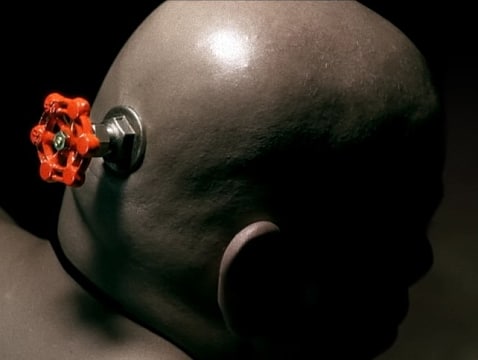Up until very recently, I was one of those outsiders; my experience was entirely with CS:GO and Dota 2’s respective predecessors about a decade ago. After spending some time with each, I believe that their competitive edge, their je ne sais quoi comes down to three major points. And they’re a little less surprising than you might think.
1. Consistent Support
For better or for worse, gamers rarely hesitate to make their opinions known about a part of a game that doesn’t feel right or isn’t balanced properly. CS:GO’s balance updates are determined through a mix of analyzing player data and incorporating suggestions from the community. Across both games, Valve supports and incorporates community workshop submissions, fully using the tools available to them through the Steam platform. Aspiring Dota 2 item-makers are given everything they need to be successful, and financially compensated if their items are included in the game.
This responsiveness and acknowledgment encourages further community engagement and diversifies input into both games. But where does this community base come from in the first place?
2. A Refinement of a Popular History
All three games feature beloved predecessors: CS:GO has imaginatively-named titles before it, Dota 2 famously began as a Warcraft 3 community mod that popularized an entire genre, while Team Fortress has the less well-known but still highly regarded Team Fortress Classic. All three games, therefore, have always had a solid core of pre-existing and vocal fans to lean on. The importance of the work (if it can be called that in this context) that fans do to promote games through discussion and other forms of engagement cannot be overestimated.
What sets CS:GO and Dota 2 apart is a matter of scale. Team Fortress Classic was a niche game – a Quake mod. DotA, by contrast, was able to leverage the popularity of Blizzard’s games and its fresh take on the RTS genre to provide a free, easily obtainable, and unique gaming experience. This already explosive popularity was enough to launch not one but two hugely popular MOBAs – Dota 2 and, of course, League of Legends.
3. Healthy Competition
ESports are here to stay, despite what Colin Cowherd has to say on the matter. Counterstrike: Global Offensive, by offering a built-in competitive mode and cosmetic ranks, caters to this. Although CS:GO’s tournament prizes cap out at only $250,000 (and it boggles the mind to qualify that with an only), this year’s International Dota 2 tournament had a prize pool of over $18 million USD, with over a third of that going to the winning team alone.
The draw of this prize is alluring in and of itself, and the popularity of streaming means that accessing these tournaments as a spectator can be done from just about anywhere. In contrast to most established sports, watching eSports online is usually completely free.
Team Fortress 2, by contrast, has a much smaller competitive scene and a complete lack of native competitive matchmaking. The game does allow you to track and display kills by weapon, made under certain conditions, but in isolation these numbers mean little when it comes to determining skill level. With TF2 having more than four years of seniority over both of Valve’s other major titles, it’s surprising that this support was not implemented years ago. Combined with the above, it’s little wonder that both games have out-performed the class-based shooter; and, backed by Valve’s strong brand and support, shot to prominence among the gaming community.
Conclusion
All of this could really be summed up as one core idea: Valve’s post-release and ongoing support of CS:GO and Dota 2 has allowed both to flourish into the giants of gaming that they are now. The optional (and thriving) skins economy and mission packs have given them the financial resources to do so. In recent years, TF2 has followed where CS:GO leads, giving us some hope that a similar matchmaking system might make its way to everybody’s favorite hat simulator.
Are you a current player, mystified onlooker, lapsed adherent, or a crotchety old gamer who needs these upstarts to get off your (pixelated, lower-res) lawn? Sound off in the comments below if there’s any X factor to these two games that you think we’ve overlooked.
